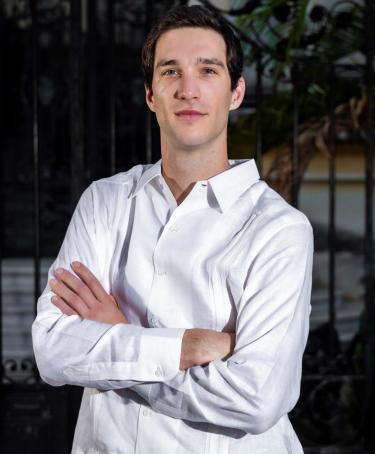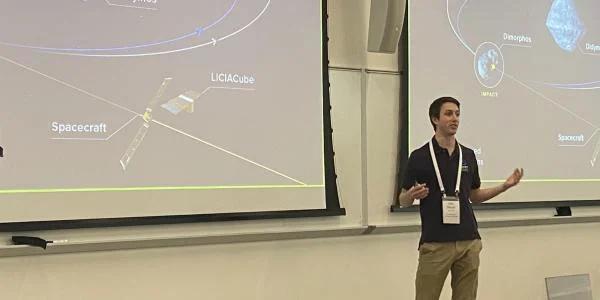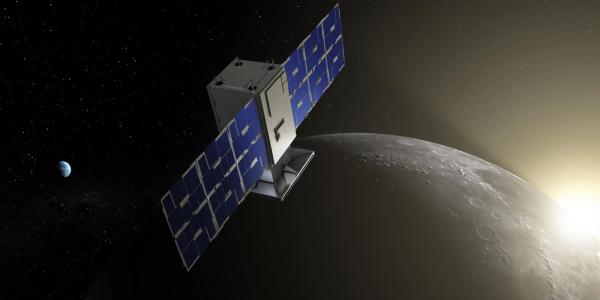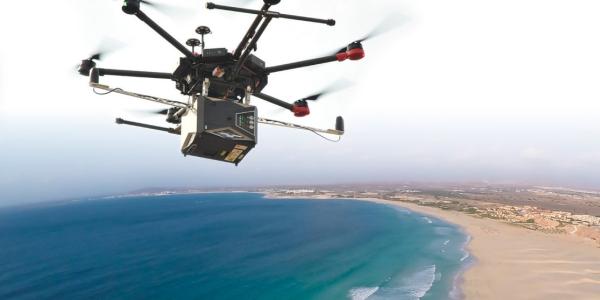 Spencer Dansereau is building a business that could turn air pollution into a useable product.
Spencer Dansereau is building a business that could turn air pollution into a useable product.
A University of Colorado Boulder aerospace PhD student, Dansereau aims to take carbon dioxide emissions from power plants and extract the carbon molecules to create 3D printed carbon fiber, which can be used for everything from bicycles to aerospace components.
“I’m really passionate about creating exciting next generation solutions that are also very positive for our environment. It led me to design a system that uses electrolysis to create carbon fibers directly from waste gas CO2,” Dansereau said.
The work is a bit outside his PhD research, which is focused on heat shield analysis for NASA missions, and grew from the 2020 COVID lockdowns, when Dansereau was stuck at home with little to do.
“I couldn’t come into the lab and started doing a whole lot of reading on how carbon fiber was made. Then I starting thinking about my experience in materials science and robotics and additive manufacturing,” Dansereau said.
After conversations with his PhD co-advisor Francisco López Jiménez, an assistant professor of aerospace, Dansereau began to develop the technology further and founded a company to commercialize it.
Starting a business presented unique challenges, but he received support from numerous university programs designed to assist budding entrepreneurs. CU Boulder has offices to help with intellectual property and patent filing, and even access to mentorship opportunities from successful startups.
“On the technology side I have a decade of experience, but the business side is different and the tools that CU Boulder has for helping to launch a business are amazing. I can’t say enough good things about it,” he said.
In 2023, Mach Electric Aerospace took first place in CU Boulder’s Lab Venture Challenge business development competition and second place in New Venture Challenge. The company recently received $125,000 in startup funding from the State of Colorado and the university.
“It’s still early stage, but the research has been promising so far,” Dansereau said. “Anything that produces CO2 waste gas could be feed stock to make carbon fiber.”
He recently applied to a U.S. Department of Energy fellowship to further the research and is optimistic about potential applications for the technology.
“The most exciting thing is this can be used in everything from electric vehicles, to aircraft, spacecraft, anything with carbon fiber components – seats, brackets, clips, engine parts, chassis components,” Dansereau said. "The sky is the limit.”



